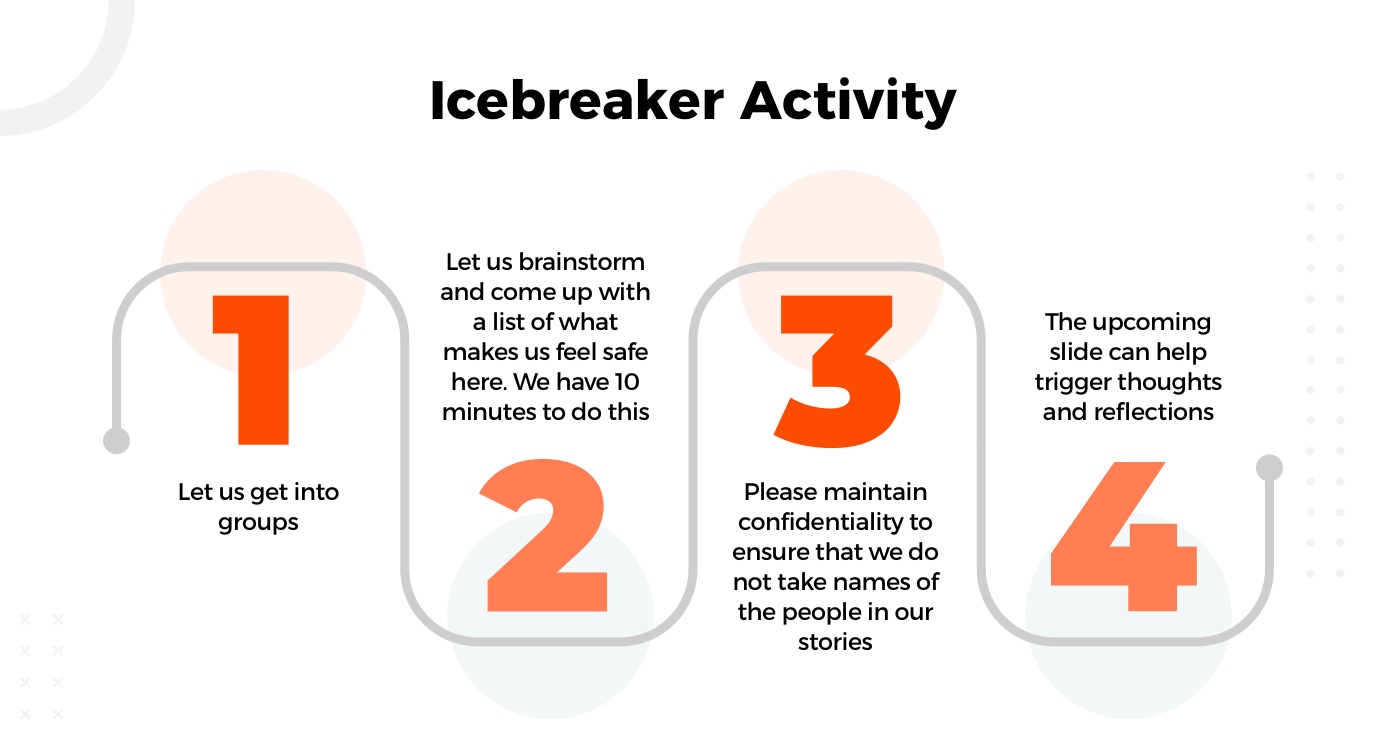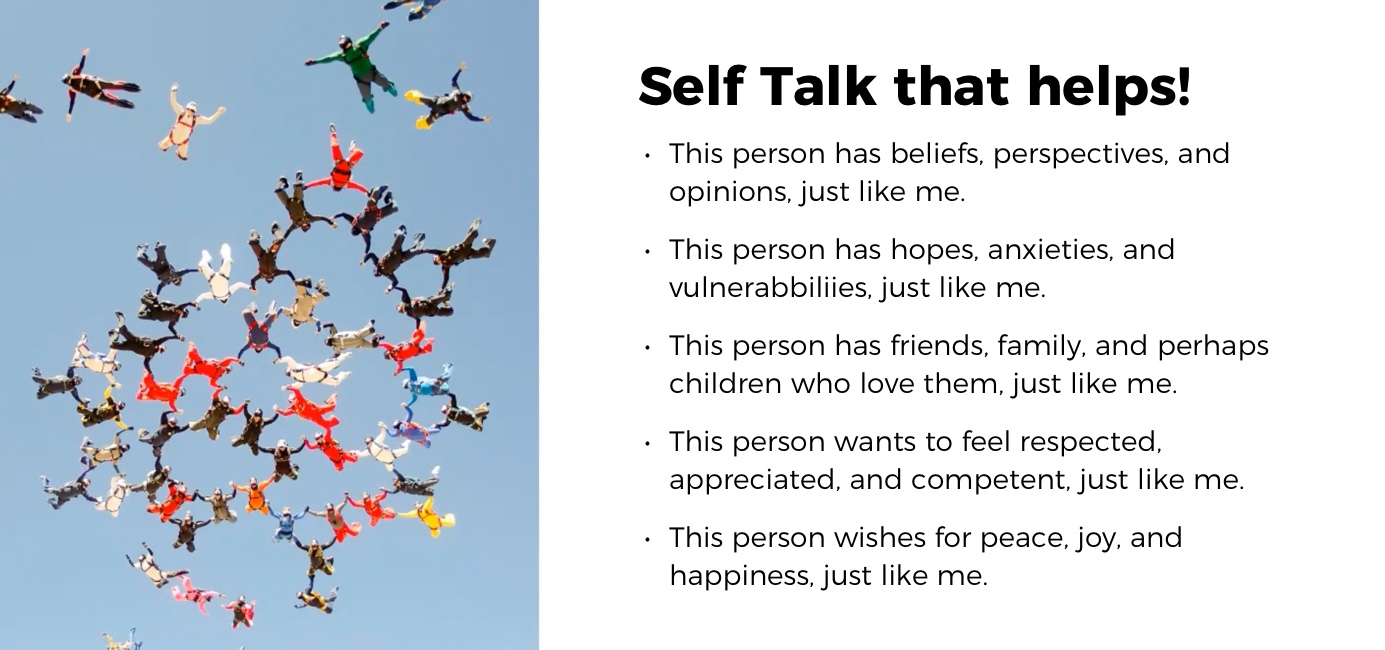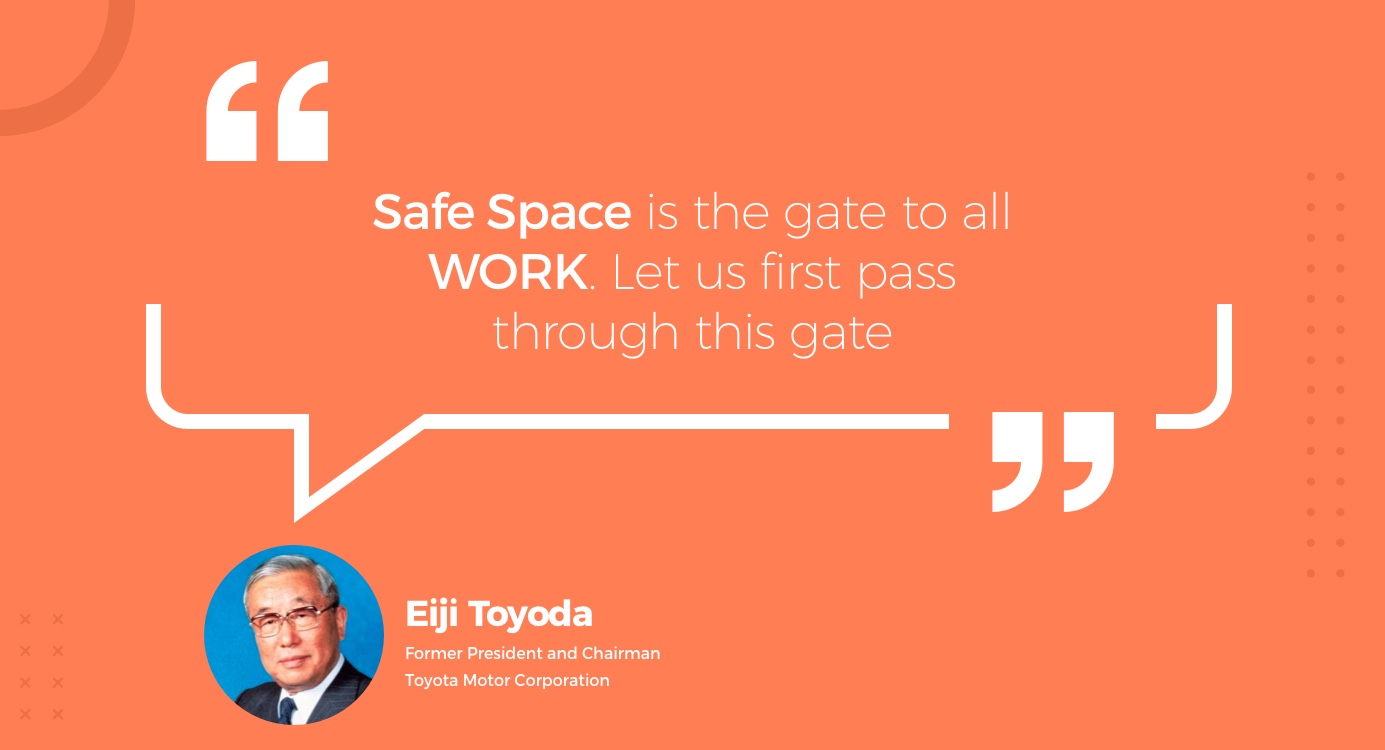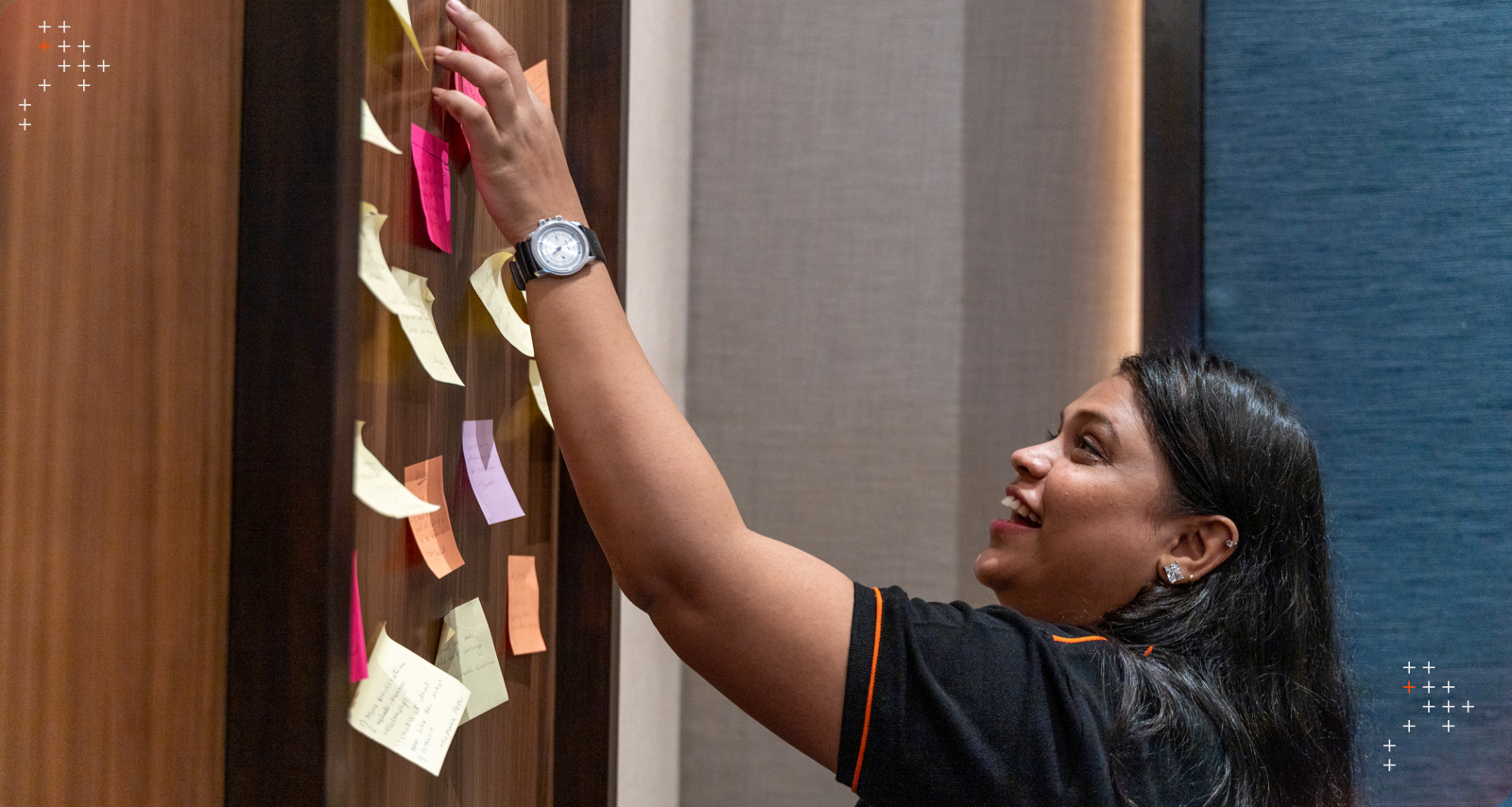Introduction
Ask yourself: Do you feel safe at work? I don't mean a life-threatening fear, not really. But a haunting sense of unease for the slightest of things that you may do or say at work?
Then it might be possible that you don't feel psychologically safe. Somewhere deep down, there is an anxiety of consequences for a wrong step here or a disagreement there.
It degrades your mental health with a constant effect, taking it from "poor" to "worse" at a frightening pace.
Let’s Talk About Safety At Work First
Since ancient times, safety at the workplace has been a thorny affair. The immediate image of a workplace may include ergonomic chairs, framed photographs, cute little pots of plants, etc. It may also be the unforgiving outdoors.
Whatever the setting, the central question remains: Is there a need for workers to feel safe where they work?
In the past, many people would’ve argued that fear is a more effective motivator for people to work better. The Egyptians enlisted slave labor to produce some of the most remarkable structures, bewildering modern experts to date with their ingenuity and perfection.
Even during World War II, there have been feats of unbelievable work achievements, like the Burma-Siam Railway (a.k.a. the Death Railway). You may ask why a railway line is associated with “Death.” It's because of the staggering death toll it took to finish the project.
I would like to believe that the world has come a long way since then. But has it really? Going by the "natural death" toll in the construction of facilities for the 2022 FIFA World Cup in Qatar, one might be inclined to disagree.
What About Psychological Safety — Is It Really Necessary?
The consequences of poor physical safety measures at work might be visible without requiring too powerful a magnifying glass. But the effects of feeling psychologically unsafe in the workplace can creep up to someone in bizarre ways.
One day, your manager may pass a comment like: "You really need to workout more," eyeing your midsection. In response, you may end up blurting out: "And just how much work do you do at the office, Kevin!"
After the outburst, your colleagues may agree that you need help out of kindness. But they probably won't understand the months (or perhaps years) of Kevin's behavioral patterns that evoked that response from you.
According to a report by Gallup, promoting psychological safety at work can have many benefits, such as increased work engagement and a jump of up to 12 percent in productivity.
What Is Axelerant Doing To Ensure Psychological Safety?
Why are we talking about psychological safety in a tech services company?
Because we care about our people. They are much more than mere resources.
Increased productivity and better engagement are good reasons for an organization to promote psychological safety among team members. But they are not the only (or primary) reasons why our performance coaches started thinking in this direction.
"It is directly linked to our core value of openness," said Nanditha Krishnan, Performance Coach, Axelerant. Her experience in coaching Axelerant team members directed her towards caves of psychological insecurity lurking below the surface within many teams. Nanditha’s discovery led to a brainstorming session with the other performance coaches, who have had similar realizations.
We Are Conducting Psychological Safety Sessions
After realizing the problem, it was evident that the issue had to be addressed. And that led to the idea of conducting a session to raise awareness about the topic. To inform team members:
We hear you, and we will do everything to ensure you feel safe at Axelerant.
When word first got around about the session, Nanditha expected attendance of approximately 26 people from the Drupal service area. "I very soon realized that there are people from other service areas who are also going to be part of this session," she recalled. The first session saw the participation of 50 team members from all over the organization.

The overwhelming response was unexpected. "I went back to telling the learning and development team that I never expected people to be so open and vocal in the first session," recalled Nanditha. As a result, she decided to conduct two more sessions, digging deeper into the subject.
With The Aim Of. . .
A rocket lifted off into the great beyond. In the next scene, a satellite flew past a flotilla of scattered clouds.
The visuals were a part of a video that Nanditha played at the end of the third session. The video signified a powerful message: “Nothing Is Impossible.” But to achieve the impossible, you first need a safe space to grow - both physically and psychologically. And one of the fundamental characteristics of a safe, thriving space is openness.
The session's main objective was to facilitate “Openness,” one of the core values in the organization. When team members are open, it fosters:
- Information sharing
- Discussing mistakes
- Sharing ideas freely
- Asking and receiving feedback
- Fearless experimentation
Though Axelerant's policies aim to empower people to make decisions, experiment, and feel at ease with making mistakes, not everyone can wield that empowerment. "The challenge is that folks don't take that empowerment to heart," Nanditha explained. Many factors come into play when trying to ascertain why, such as previous work experiences, team dynamics, mental framework, self-dialogue, etc.
Asking What Makes Team Members Feel Psychologically Safe?
An exciting development took place during an icebreaker exercise in the second session. Nanditha asked the participants to write down words and phrases they most associate with feeling safe psychologically when dealing with others.

Here's a list of words and phrases that popped up during the 10-minute icebreaker.
- Listening effectively
- Empathy
- Being non-judgmental
- Kindness
- Trust
- First impressions, tone, body language
- Genuine
- Constructive in conversations with data points, facts, and objectivity. No subjectivity
- Openness — warm, inviting aura
- Happy to help attitude
- Respect and value for personal space
- Motivate
- Free of ridicule, bullying
- Healthy discussions
- Result-oriented conversation, two-way safety
- Choice of words
- The right 'intent'
And It Hit The Mark Right
During her individual sessions, Nanditha discovered a similar list of behaviors addressed by team members when they talked on the subject:
- Listening to the said and the unsaid
- Being neutral, empathic, kind, happy
- Exhibiting a helpful attitude, free of ridicule
- Value and respect for personal space
The similarity in answers proved that the sessions were going with much openness and honesty.
How To Feel Psychologically Safe At Work?
Feeling psychologically safe at work takes time, even in the best of environments. But it becomes incredibly challenging to experience psychological safety if you're a part of changing teams, jumping from one project to another.
"If I am working with the team for a long time, slowly, my fears go away. I start feeling comfortable. But tomorrow, when I go to a different place, a different culture, my psychological safety is initially compromised. I see that happening with people joining Axelerant also," recounts Mridula Ujjwal, Director of Learning and Development, Axelerant.
By Balancing Trust and Fear
"Please remember, psychological safety is not like a switch that can be turned on and off," explained Nanditha. The two primary components that affect a person's perception of safety are trust and fear.
"When I trust someone, I feel safe to have conversations with them," shared Vishaka Pinge, People Operations Specialist, Axelerant. And she is not the only one to feel so. Many team members echoed her sentiment in the chatbox during the session.
Even when there is trust, a constant presence of fear unmistakably works in the background. When you give someone the benefit of the doubt, there's a risk of being deceived or taken for granted. At Axelerant, team members work closely with performance coaches to increase trust within team members and decrease fear in their minds.
By Discovering Self-Doubts
In her third session, Nanditha talks about FLAB, which stands for:
- Fears
- Limiting Beliefs
- Assumptions
- Biases
Unwittingly, we carry self-doubts and components of “FLAB” deep within. These assumptions — of how someone might behave or react — stop us from freely expressing ourselves at work. Consequently, the core value of "Openness" is threatened. When left unchecked, it sours the culture, making it hard for everyone to have a productive work life.
Here are some common self-doubting questions that might make one feel unsafe mentally:
- Will I be able to share my opinions?
- Will people listen to me?
- Will they respect my ideas?
- Will they laugh at me or criticize what I say?
- Will I get fired if I say what I think?
- Will I be seen as ignorant?
- Will I be seen as incompetent?
"When in doubt of how the other person might react, write down the most pressing points that are bothering you, and talk to the person," advises Mridula.
At Axelerant, you can always take help from your performance coach to have such tough conversations.
We understand the courage and effort it takes to do what we are suggesting.
By Introspecting On Your ‘Self-Talk’
Self-talk is impactful. What we say to ourselves guides our actions. If you dwell in negative thoughts, chances are you will feel more fearful, disconnected, and worried. Thankfully, the opposite is also possible with positive, empathetic self-talk. Here is a list of thoughts that can make you feel more connected with others in the organization.

What Is The Road Ahead?

"This quote deeply resonates with me because this is the mantra for trust and high performance in teams," Nanditha said. She is reminded of the four ascending stages of psychological safety by Timothy R. Clarke.
Level 1 - Inclusion Safety
Where team members feel safe to belong to a team.
Level 2 - Learner Safety
Where team members feel safe to make mistakes and learn.
Level 3 - Contributor Safety
Where team members feel safe to express their ideas and contribute freely.
Level 4 - Challenger Safety
Where team members feel safe to challenge others and suggest changes in the interest of the greater good.
Nanditha shared: "In my one-on-one coaching conversations with team members at Axelerant, one of the questions explored is, 'Which stage of psychological safety are you operating at?'" It always evokes lots of interesting answers, significantly depending on two factors:
- Time spent on the project
- Team dynamics
"Every team member travels a different journey and a different time frame with respect to these four stages," Nanditha said. When asked what the ultimate goal for Axelerant should be, she answered: "Our ultimate goal is when every member in the organization is at 'Challenger Safety,' or the fourth level of psychological safety."

Nanditha Krishnan, Performance Coach
Nanditha is an unconventional parent. She likes guavas, enjoys driving and takes care of stray animals. A Brené Brown fan, you will find her at a nearby bookstore when not at her desk.

 We respect your privacy. Your information is safe.
We respect your privacy. Your information is safe.




Leave us a comment